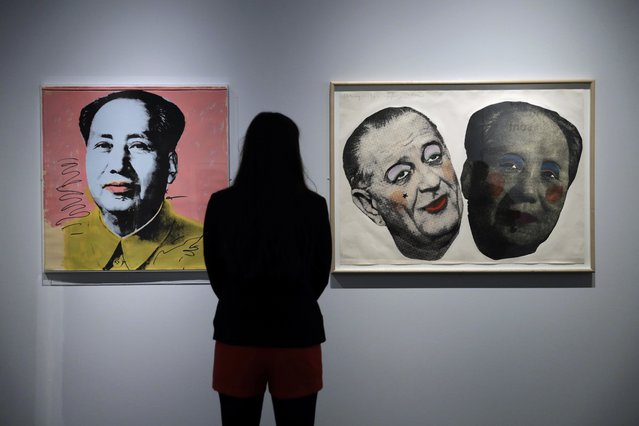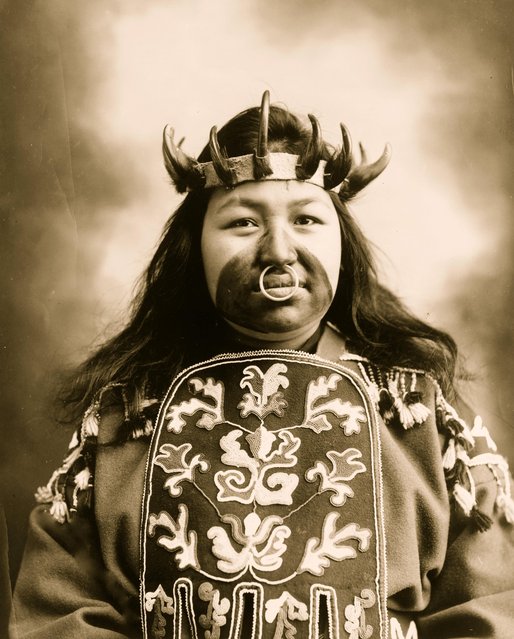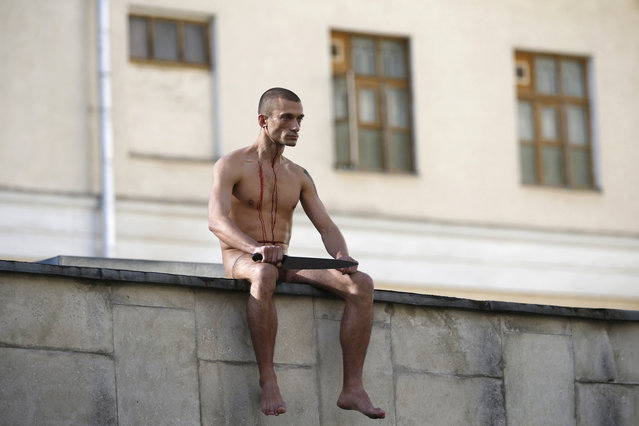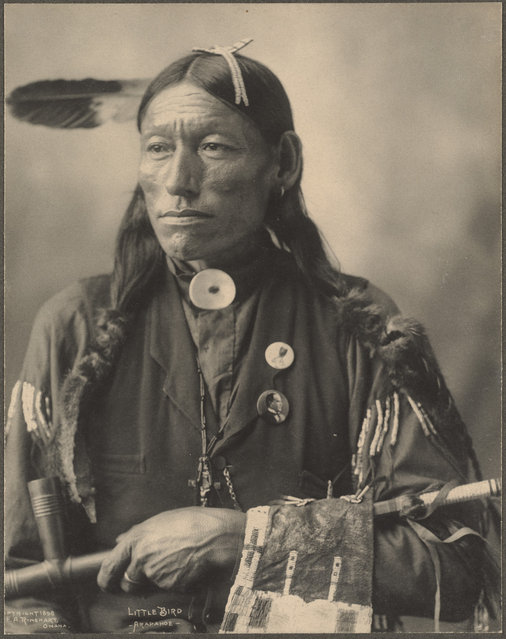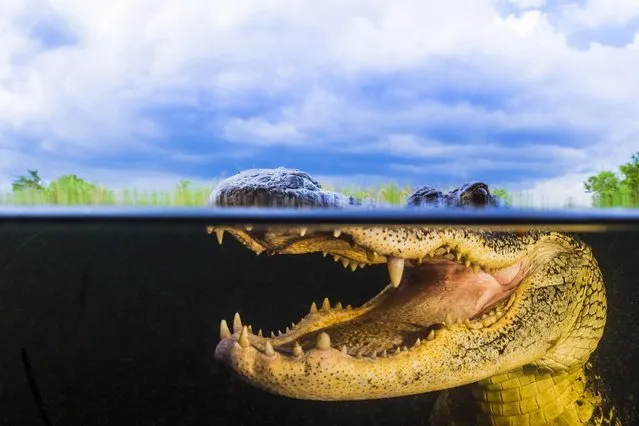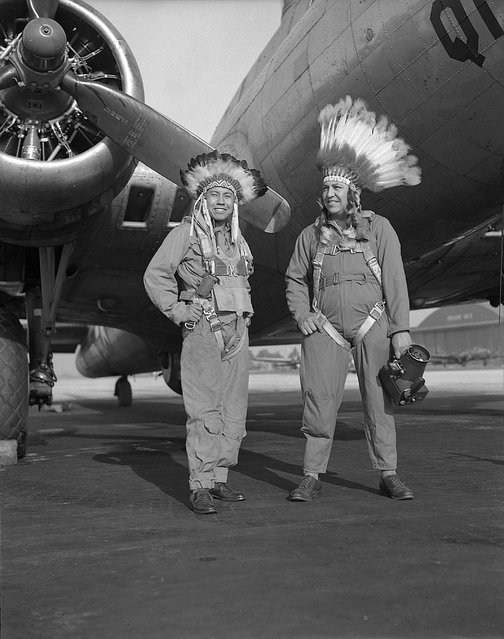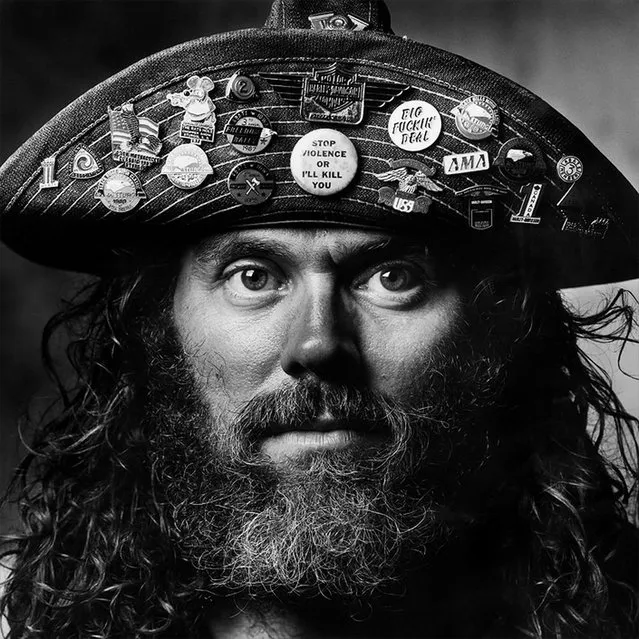
Bikers are the knights of the modern times. They ride their steel horses; they drink and brawl and have their own strict code of honor. Some people view them as land-dwelling pirates; however, they are so much more than that. Photographer Sandro Miller is one of the few people who decided to look deeper than their rugged exterior, realizing that it takes more than a Harley Davidson bike and a leather jacket to make a biker. A true biker cannot be chained to a single place. The spirit of the true biker demands change, it seeks adventure, and it thirsts for freedom! (Photo by Sandro Miller)
26 Nov 2014 14:50:00,post received
0 comments

